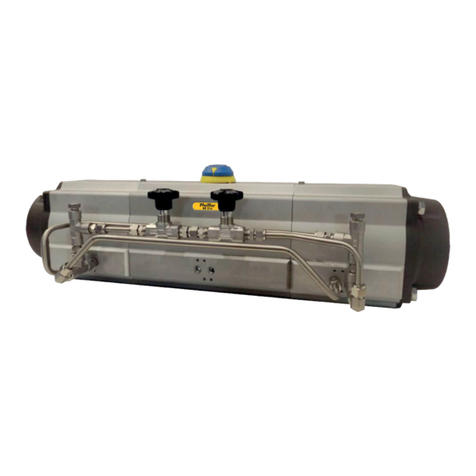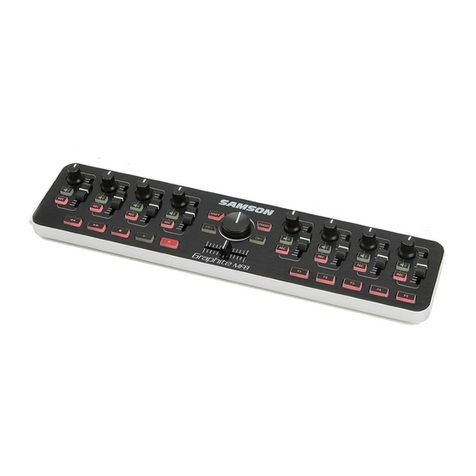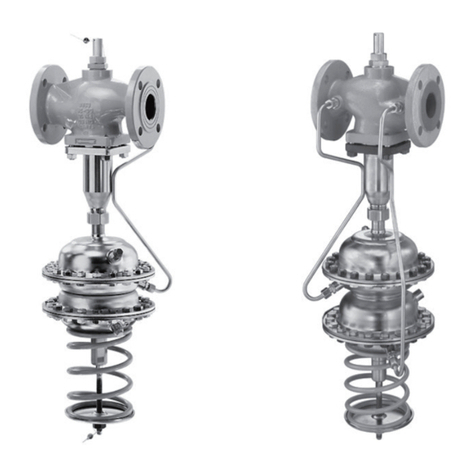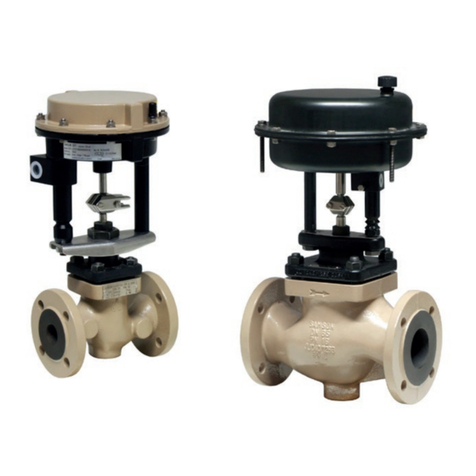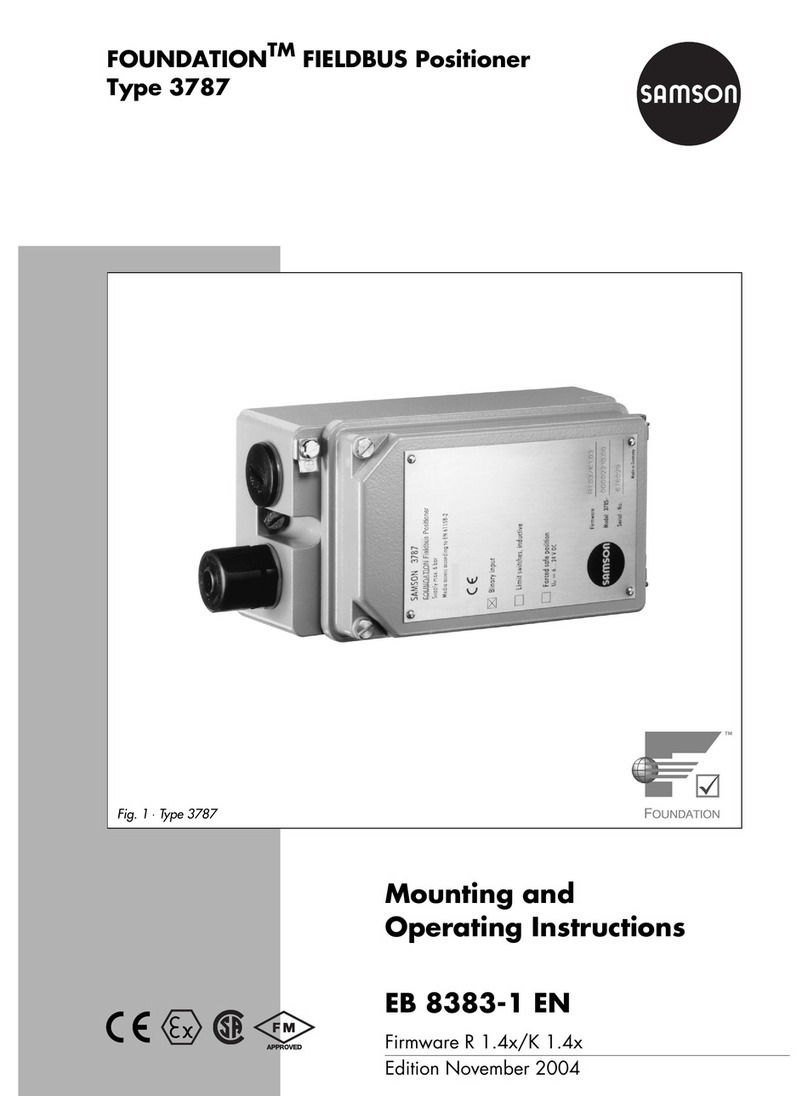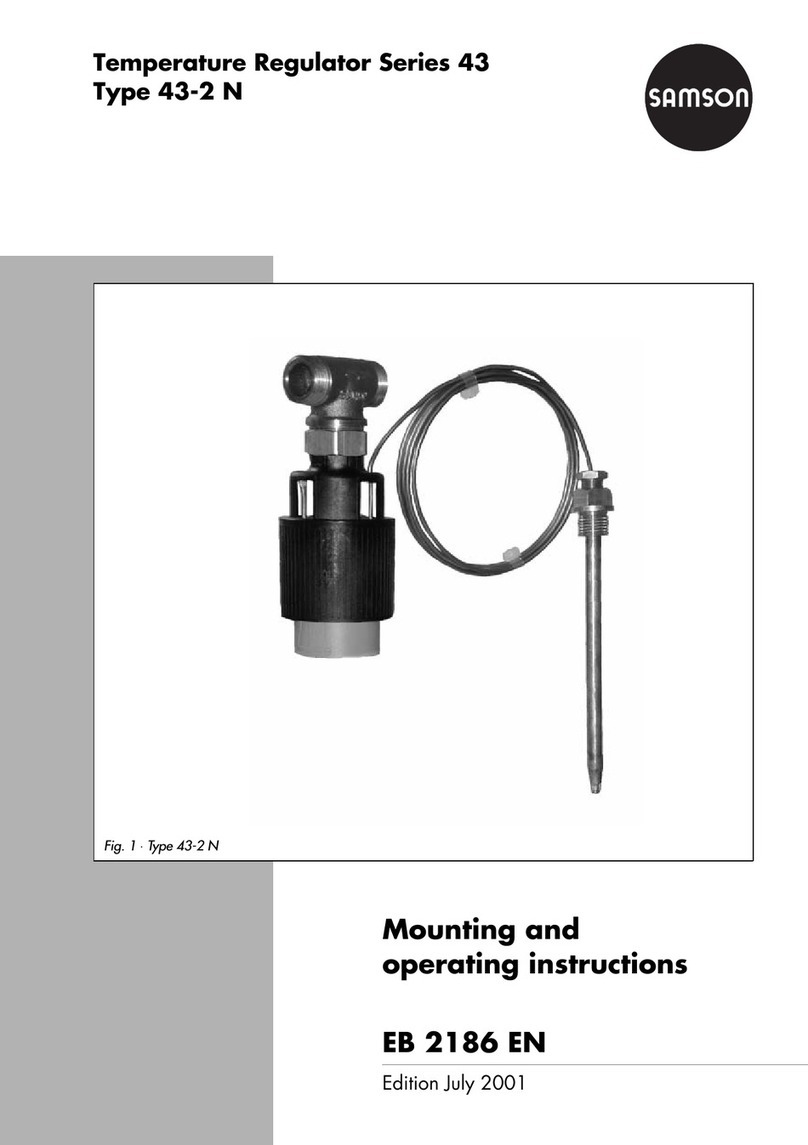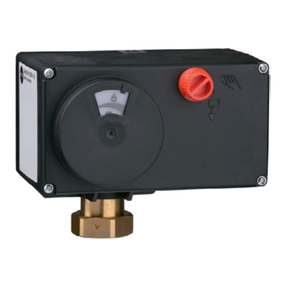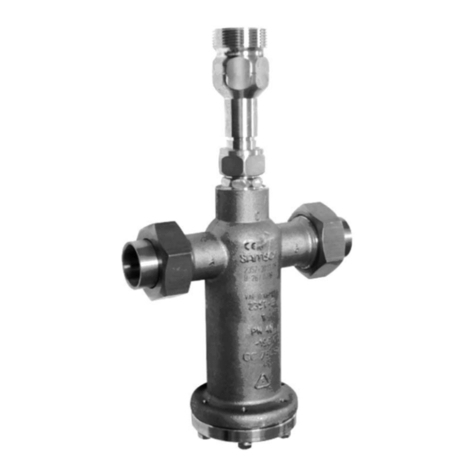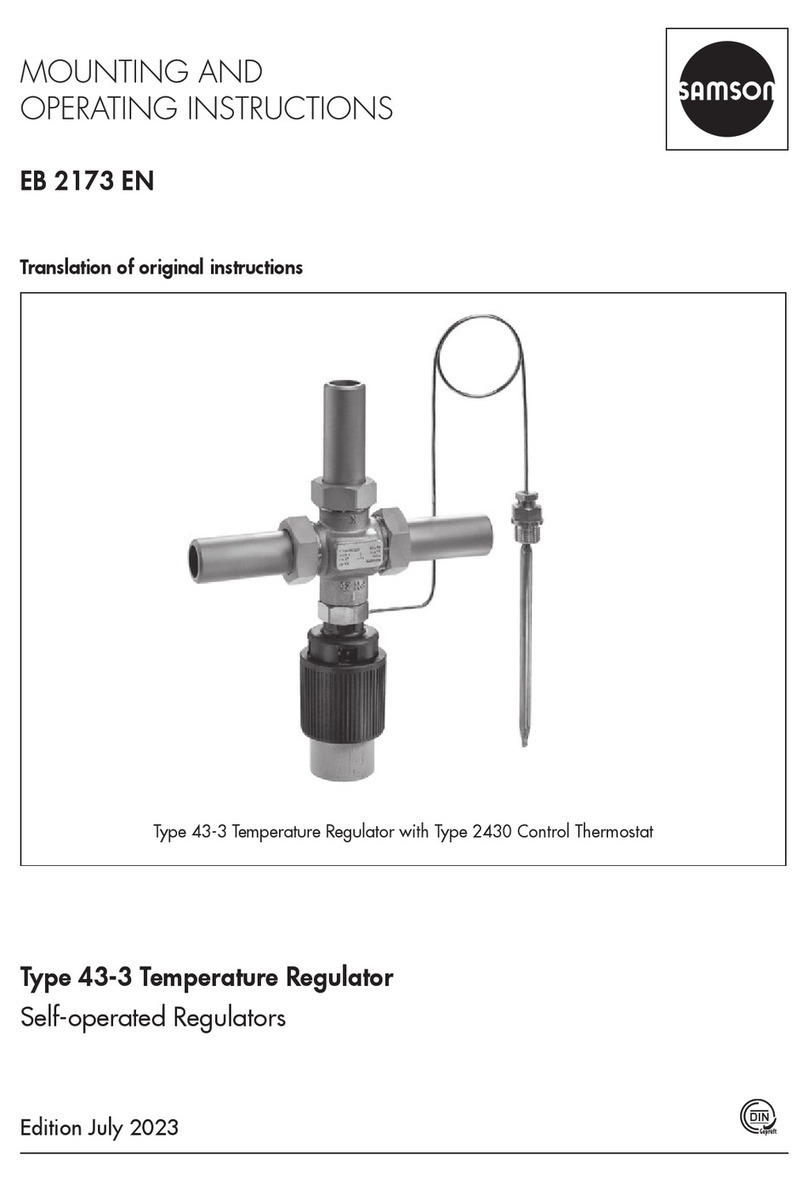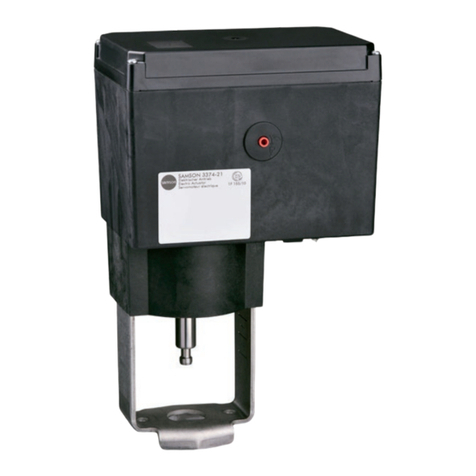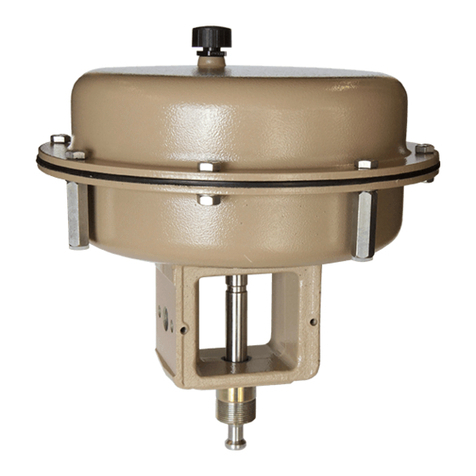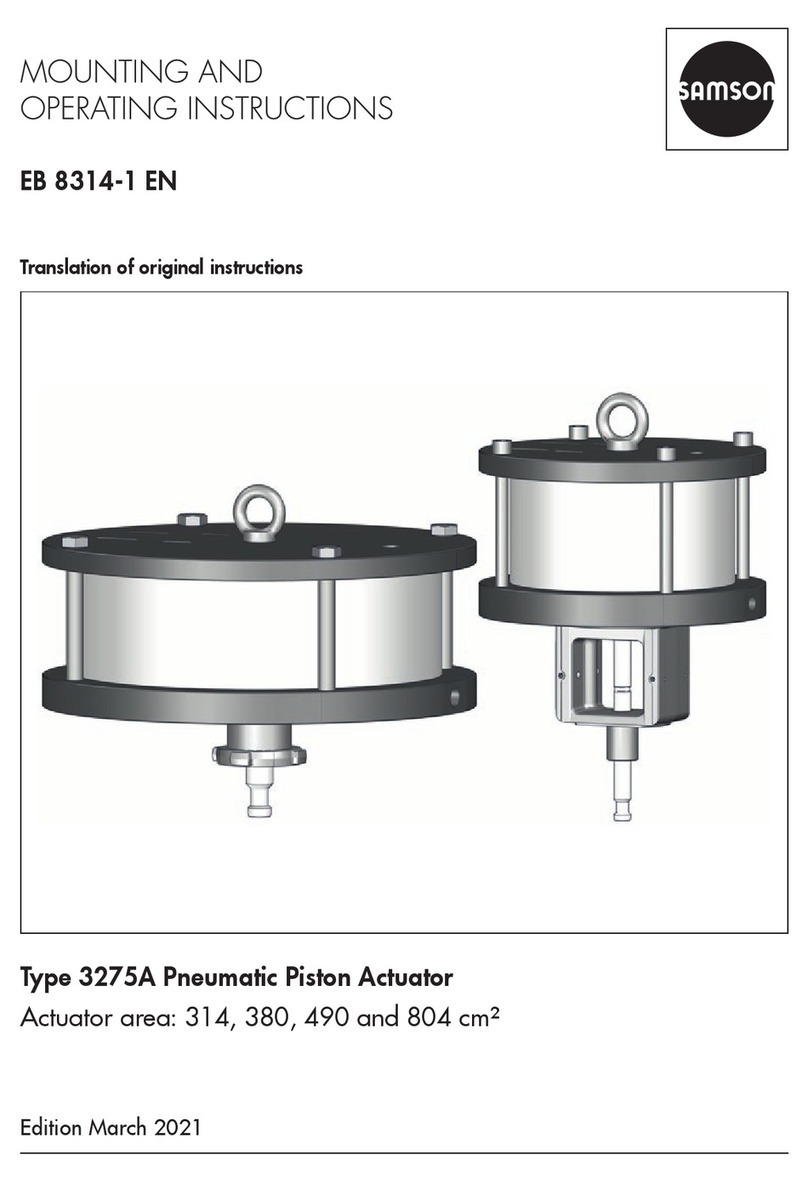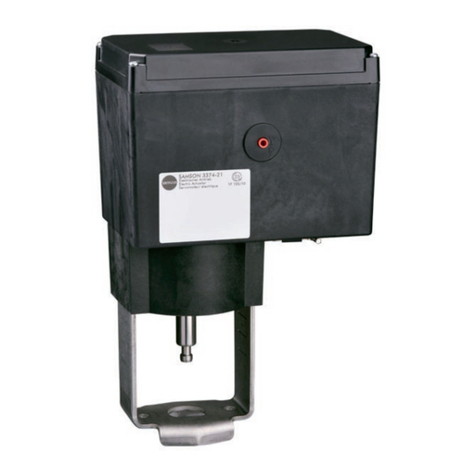
Contents
EB 3132-3 EN 1
1 Safety instructions and measures ................................................................1-1
1.1 Notes on possible severe personal injury ......................................................1-4
1.2 Notes on possible personal injury ................................................................1-5
1.3 Notes on possible property damage.............................................................1-7
2 Markings on the device ..............................................................................2-1
2.1 NameplateofType2479Valve....................................................................2-1
2.2 NameplateofType2430ControlThermostat ................................................2-2
2.3 Location of the nameplate on valve and control thermostat .............................2-3
2.4 Materialidenticationnumber .....................................................................2-4
2.4.1 Type2479Valve.........................................................................................2-4
2.4.2 Type2430ControlThermostat .....................................................................2-4
3 Design and principle of operation ...............................................................3-1
3.1 Additionalttings........................................................................................3-4
3.2 Technical data ............................................................................................3-5
4 Shipment and on-site transport ...................................................................4-1
4.1 Accepting the delivered goods .....................................................................4-1
4.2 Removing the packaging from the regulator ..................................................4-1
4.3 Transporting and lifting the regulator............................................................4-1
4.4 Storing the regulator ...................................................................................4-2
5 Installation.................................................................................................5-1
5.1 Installation conditions..................................................................................5-1
5.2 Preparation for installation...........................................................................5-4
5.3 Installation..................................................................................................5-7
5.3.1 Installing the regulator.................................................................................5-7
5.3.2 Cleaningthepipeline ..................................................................................5-8
5.4 Testing the regulator ....................................................................................5-8
5.4.1 Leak test.....................................................................................................5-9
5.4.2 Pressure test................................................................................................5-9
5.5 Insulation .................................................................................................5-10
6 Start-up .....................................................................................................6-1
6.1 Start-up and putting the device back into operation .......................................6-2
6.2 Starting up the plant....................................................................................6-2
7 Operation..................................................................................................7-1
7.1 Adjusting the set points................................................................................7-1
7.2 Adjustmentoftheowrate ..........................................................................7-1
7.3 Adjusting the temperature............................................................................7-3

